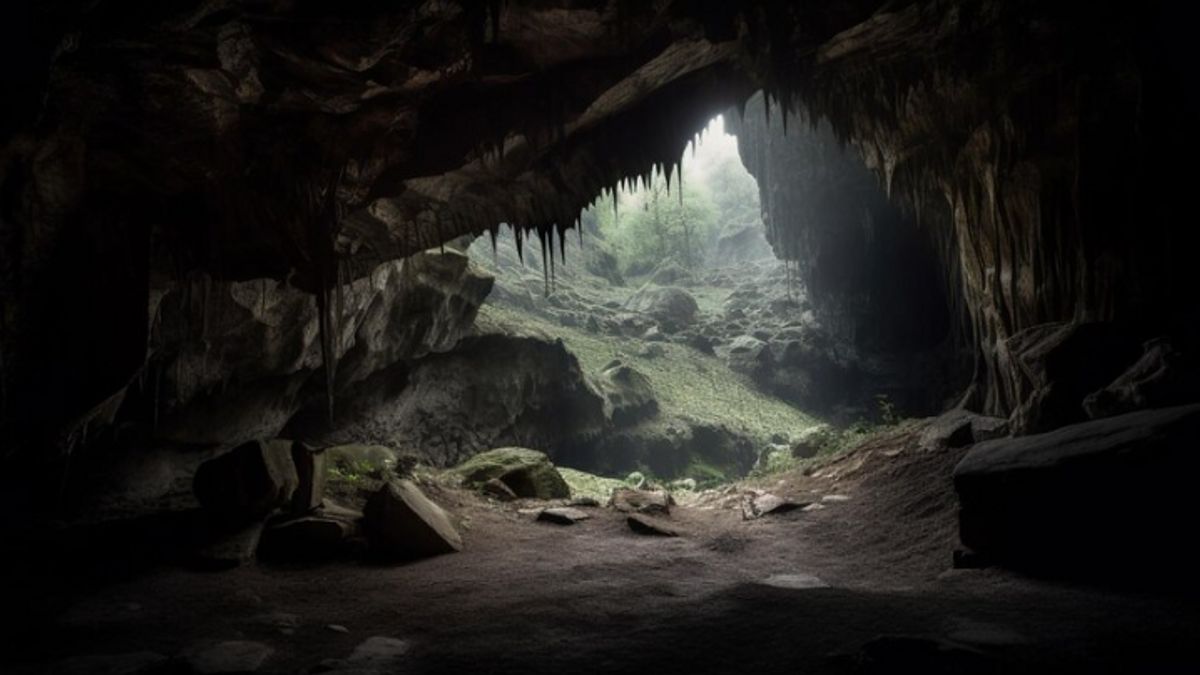YOGYAKARTA - Have you ever imagined what the most dangerous cave in the world would be like? Maybe in your head you are depicted in a dark, deep, and inhabited by wild animals. But in fact, the most dangerous cave keeps more horror than that.
The most dangerous cave nickname was intercepted by the Kitum Cave located in Mount Elgon National Park in Kenya. The cave, which is located on the African continent, is referred to as the deadliest cave on earth because there are a number of dangerous pathogens in it.
Like other caves in various parts of the world, when this cave was first discovered there were scratches along its walls. However, researchers still do not know for sure what or who made traces of the cave wall. They suspect that ancient Egyptian workers used to dig the site on a mission to find gold or diamonds.
Kitum Cave Causes Death
The case of death in the Kitum Cave further confirms this place as the most dangerous cave in the world. In the 1980s, this cave caused a stir after two people were reported to have died after visiting.
In the news circulating, the two victims died after visiting the Kitum Cave. The two fatalities are said to have contracted the very dangerous Marburg virus. The Marburg virus is believed to be the cause of death of both of them as related to the gajala experienced.
As generally as a cave, the Kitum Cave is also said to often invite the arrival of various types of animals such as leopards, envelopes, elephants, buffaloes, and straightways. Animals visit this cave either to simply seek water, shelter, or take cover from threats.
Kitum Cave Becomes A Zoonosis Nest
Given that Kitum Caves are often visited by animals of various types, this place is a potential hotbed for zoonosis spread. Kitum Cave is an incubator for zoonosis or an animal-derived disease.
After the unfortunate incident that occurred in the 1980s, the United States Army Medical Research Institute of Infectious Diseases (USAMRID) sent an expedition to the Kitum Cave to conduct further research.
The volunteers are tasked with tracing the Kitum Cave wearing specially designed Racal clothes such as astronauts. However, the volunteers found it difficult to identify the species responsible for the spread of the deadly pathogen to humans.
But more than a decade passed, RNA Marburg was detected in Egyptian fruit bats (Rousetus aegyptiacus). This healthy-looking bat was pulled from the Kitum cave in July 2007. The reservoir of the malignant virus is in the liver tissue, runoff, and lungs of a pregnant female bat.
"People have previously seen a number of bat genomes and were unable to find traditional NK cell receptors," Boston University microbiologist Stephanie Pavlovich told the school's internal publication, The Brink.
SEE ALSO:
Observations and more serious handling of the Marburg virus have continued to this day. Last year, a team from the World Health Organization (WHO) was moved all over Africa. They worked their best to stop the Marburg outbreak, which was later discovered in other caves across the continent.
In addition, doctors in the United States (US) also urge them to always be aware of imported cases in the spread of disease. Fears can arise warning that this virus may spread undetected. Especially if the spread is quite massive or rampant, of course, it is dangerous.
That's the review of the most dangerous cave in the world. Kitum Cave in Kenya is the most dangerous cave because it contains a deadly virus that can cause humans to die. Also read the most victims of the earthquake in the world.
Stay up to date with the latest domestic and other overseas news on VOI. We present the latest and updated information nationally and internationally.
The English, Chinese, Japanese, Arabic, and French versions are automatically generated by the AI. So there may still be inaccuracies in translating, please always see Indonesian as our main language. (system supported by DigitalSiber.id)

















